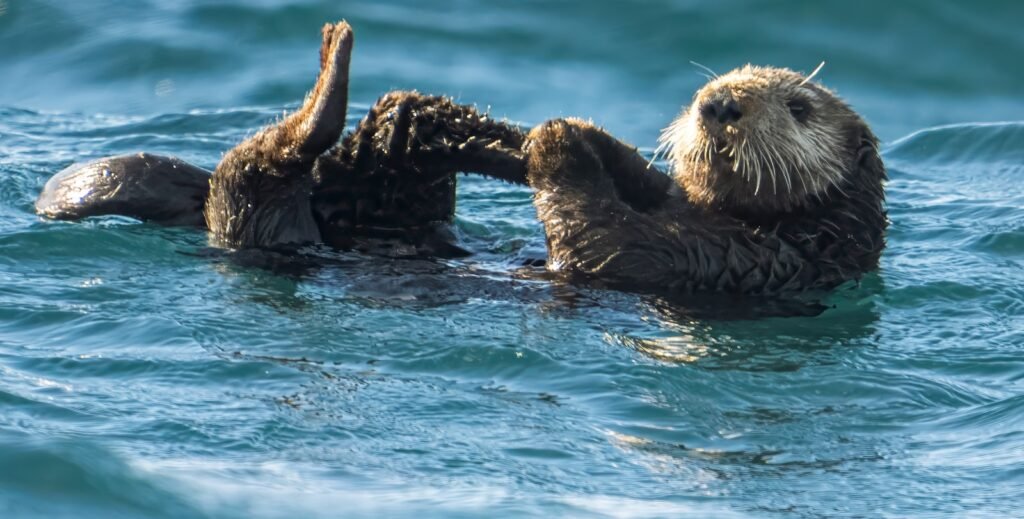California’s sea otters have always felt like a comeback story written in salt spray and stubbornness. Once nearly wiped out by the fur trade, they clawed back along a narrow sliver of the Central Coast, transforming bays and kelp forests as they went. But the plot has twisted again: bites from white sharks, warming seas, and novel pathogens are stacking up like waves in a winter storm. Scientists are racing to refine population estimates and weigh bold ideas such as reintroduction to new sites, while communities debate what recovery should look like. The question is no longer just whether otters survive, but where and how they fit into a coastline being rapidly reshaped by climate and people.
The Hidden Clues
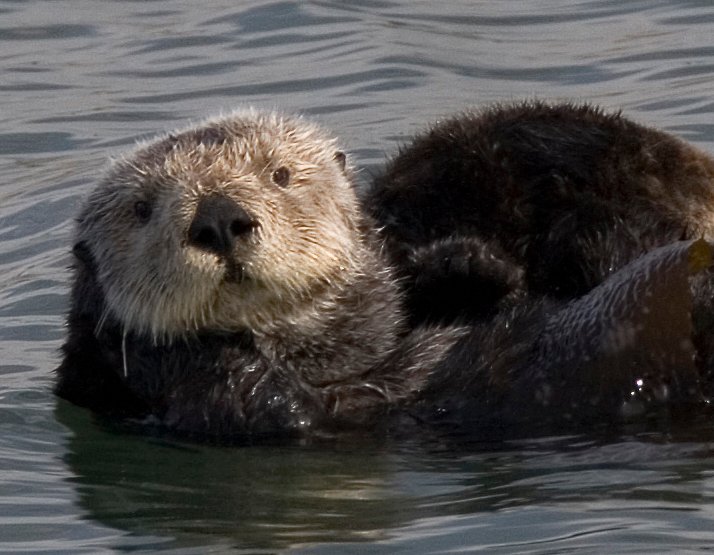
Here’s the jolt: southern sea otters still occupy only about one tenth or so of their historical West Coast range, despite half a century of protection. Their stronghold runs from San Mateo County to Santa Barbara, with a satellite group at San Nicolas Island – promising, but precariously narrow. I remember standing at Moss Landing, watching a mother roll her pup like a burrito in kelp, and feeling that old sense of relief. Yet the science tells a more complicated story: resilience, yes, but boxed in by hazards that keep the population hovering rather than expanding. The otter’s fate is stitched together from such small, telling scenes – and from the numbers behind them.
Those numbers are under active revision. After several years of modified surveys, USGS completed a full range-wide count in 2024 and is rolling out a new statistical model designed to correct for missed animals and patchy coverage. The goal is clarity: not just how many otters there are, but how confident we can be in trendlines that drive policy. Managers expect refined estimates to guide decisions through 2025 and beyond. Sometimes, better math is the difference between hesitation and action.
A Fragile Recovery, Put in Numbers
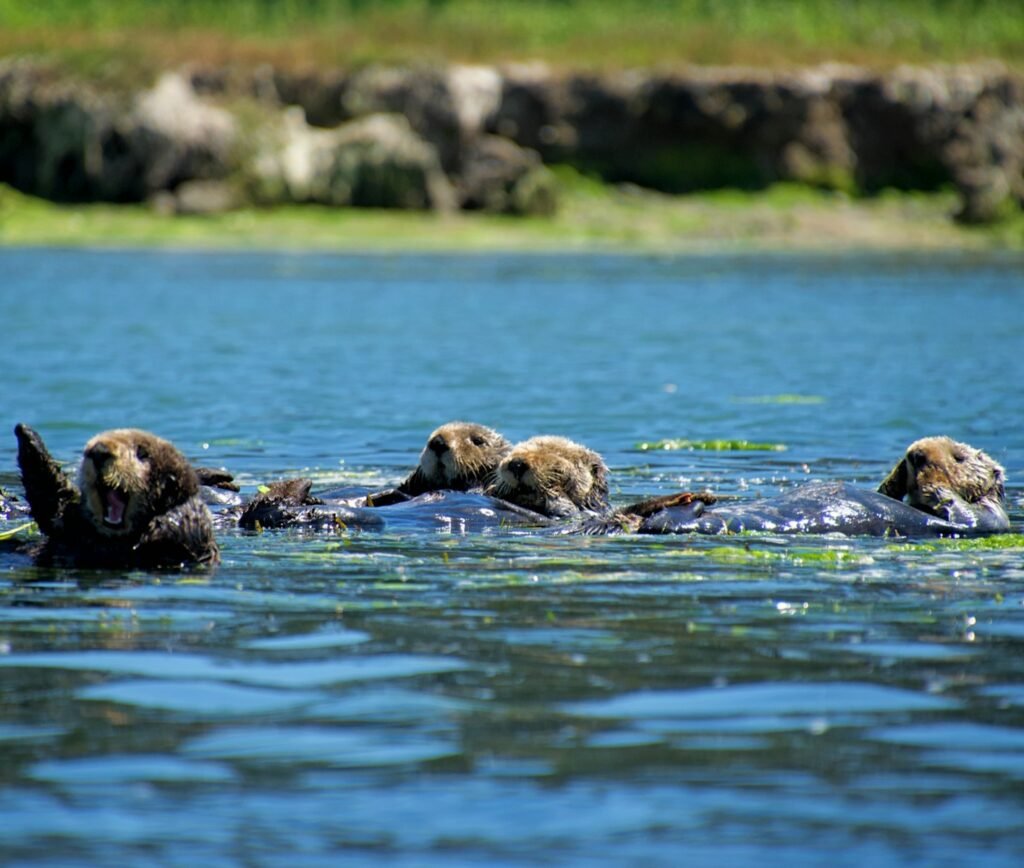
The southern sea otter remains listed as threatened under the Endangered Species Act, and the federal review in September 2023 kept those protections in place. Biologists point out that, while the population rebounded from a few dozen animals a century ago to roughly a few thousand today, range expansion has stalled. In recovery planning, an otter’s zip code can matter as much as the head count; growth in the center of the range can mask losses at the edges. That’s why updated census methods – and where they show gains or gaps – carry real weight. A small, isolated population can look steady until a single shock knocks it sideways.
San Nicolas Island is a rare bright spot. Long deemed a failed translocation, the population there has quietly grown about ten percent per year in recent seasons, with diets rich in urchins and bivalves and energy intake rates that signal a robust colony. The lesson is simple: where hazards are fewer and food is steady, otters can surge. The challenge is to replicate those conditions at scale along the mainland.
Hemmed In by Sharks
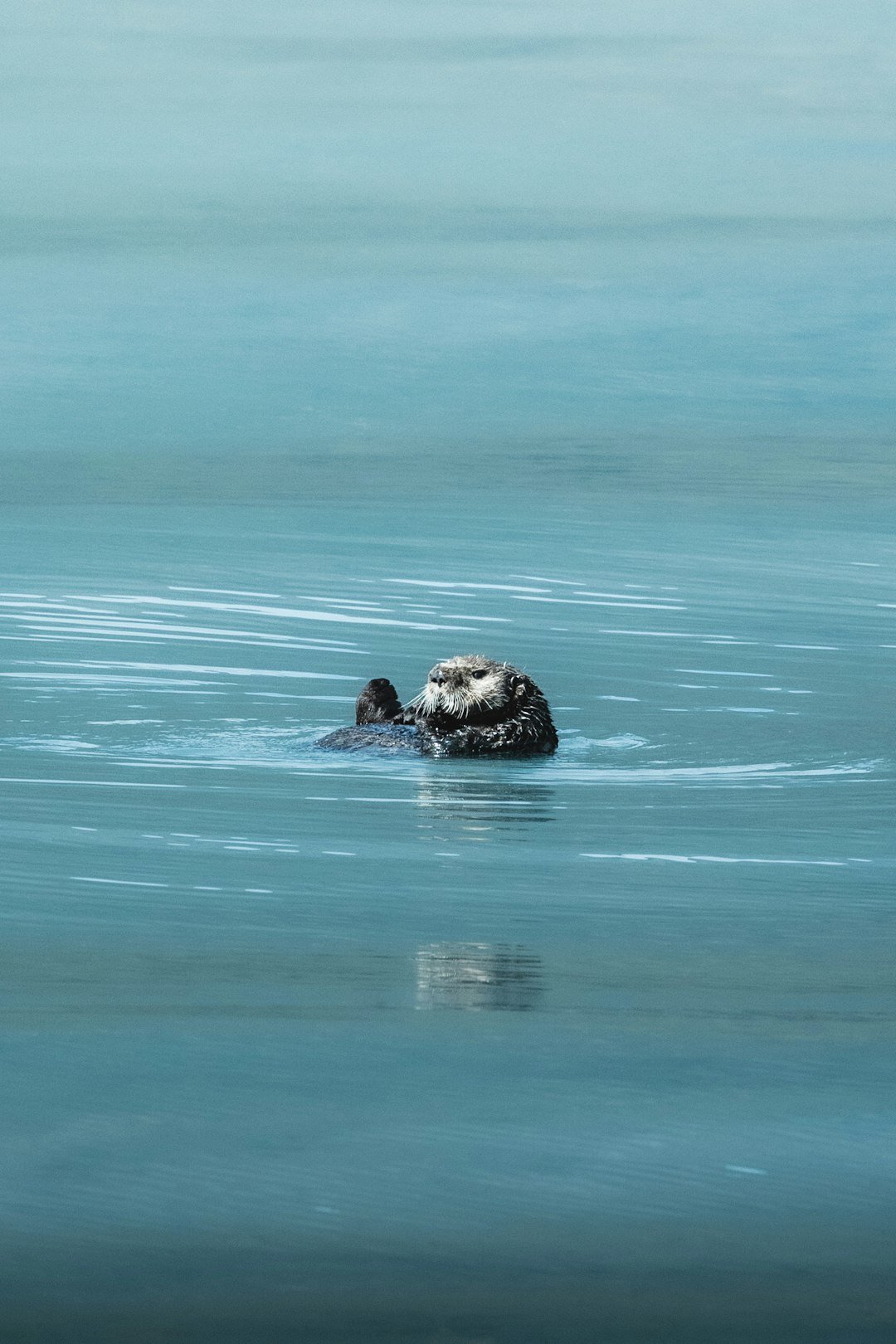
White sharks don’t hunt otters for food, but they do bite – and those non-consumptive bites have become a leading recorded cause of death in stranded animals. The pattern is starkest at the northern and southern tips of the range, where subadult otters encounter juvenile white sharks moving through surf zones. That “shark gauntlet” helps explain why otters haven’t naturally reoccupied places like San Francisco Bay, even though habitat inside the Bay could support thousands. Until otters can get around that bottleneck, recovery remains a narrow bridge. Science can map the risk, but geography sets the trap.
In practical terms, shark bite risk shapes which reintroduction ideas are plausible. Sites inside semi-sheltered waters may offer a refuge, allowing young animals to survive long enough to reproduce. It’s a reminder that conservation isn’t just about threats; it’s about where threats happen, season by season, kilometer by kilometer. For a species that hugs the coast, the location of danger lines the margins of its future.
Dirty Water, Sick Otters
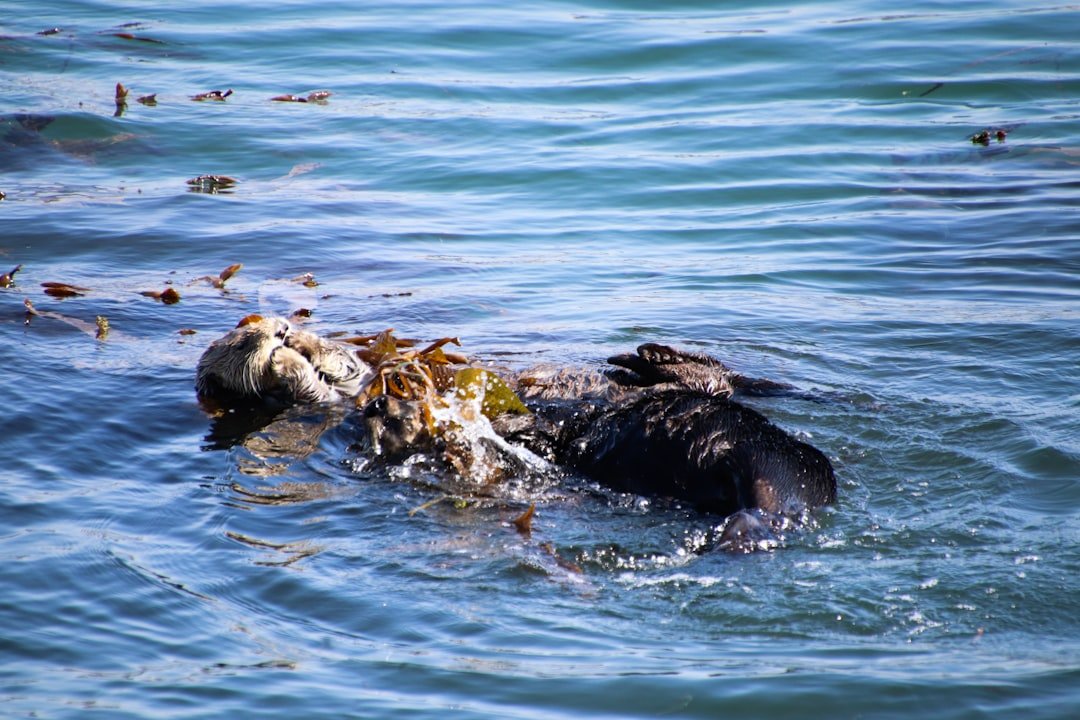
Pathogens and toxins complicate the picture. Researchers documented a rare, virulent strain of Toxoplasma that killed otherwise healthy otters – an unsettling signal of land-to-sea disease pathways. Harmful algal blooms have also intensified along Southern California, producing domoic acid that can sicken marine mammals sharing the otters’ food web. In bad years, rescue centers overflow as sea lions and dolphins seize on beaches, and otter mortalities linked to toxins tick upward. These are not one-off anomalies; warming, nutrients, and shifting currents can stack the deck for repeat events. The coastline’s health reflects everything washing off the watershed.
Even freshwater toxins can reach the sea, passing through rivers and estuaries and accumulating in shellfish that otters and other species eat. That is why public health and wildlife diagnostics now share data streams – a true “one health” approach. If the otter is the canary, its warning calls are now coming more often and from more directions. Responding means tracking blooms better, tightening runoff, and preparing rescue networks for inevitable surges.
Kelp and Eelgrass: The Living Engine

When otters thrive, ecosystems change character. By eating urchins, they tip rocky reefs from silent, purple urchin barrens back toward towering bull kelp forests; by eating crabs in estuaries, they release small grazers that scrub eelgrass leaves clean. Eelgrass at Elkhorn Slough expanded dramatically as otters returned, even under heavy nutrient loads that should have doomed it – an upside-down story in which a top predator countered bottom-up stress. Kelp and eelgrass then return the favor, buffering coasts, nursing fish, and locking carbon into living tissues. The feedbacks are ecological compound interest.
Of course, not all kelp rebounds. Northern California’s kelp collapse after marine heatwaves and sea star disease left vast stretches denuded, closing the red abalone fishery and battering local economies. Volunteers and agencies are now testing urchin removals and seeding efforts, with pockets of recovery offering proof of concept. Otters are one lever among many; in places where they’re absent, human hands are standing in. The broader lesson is that kelp recovery depends on both predators and people.
Why It Matters
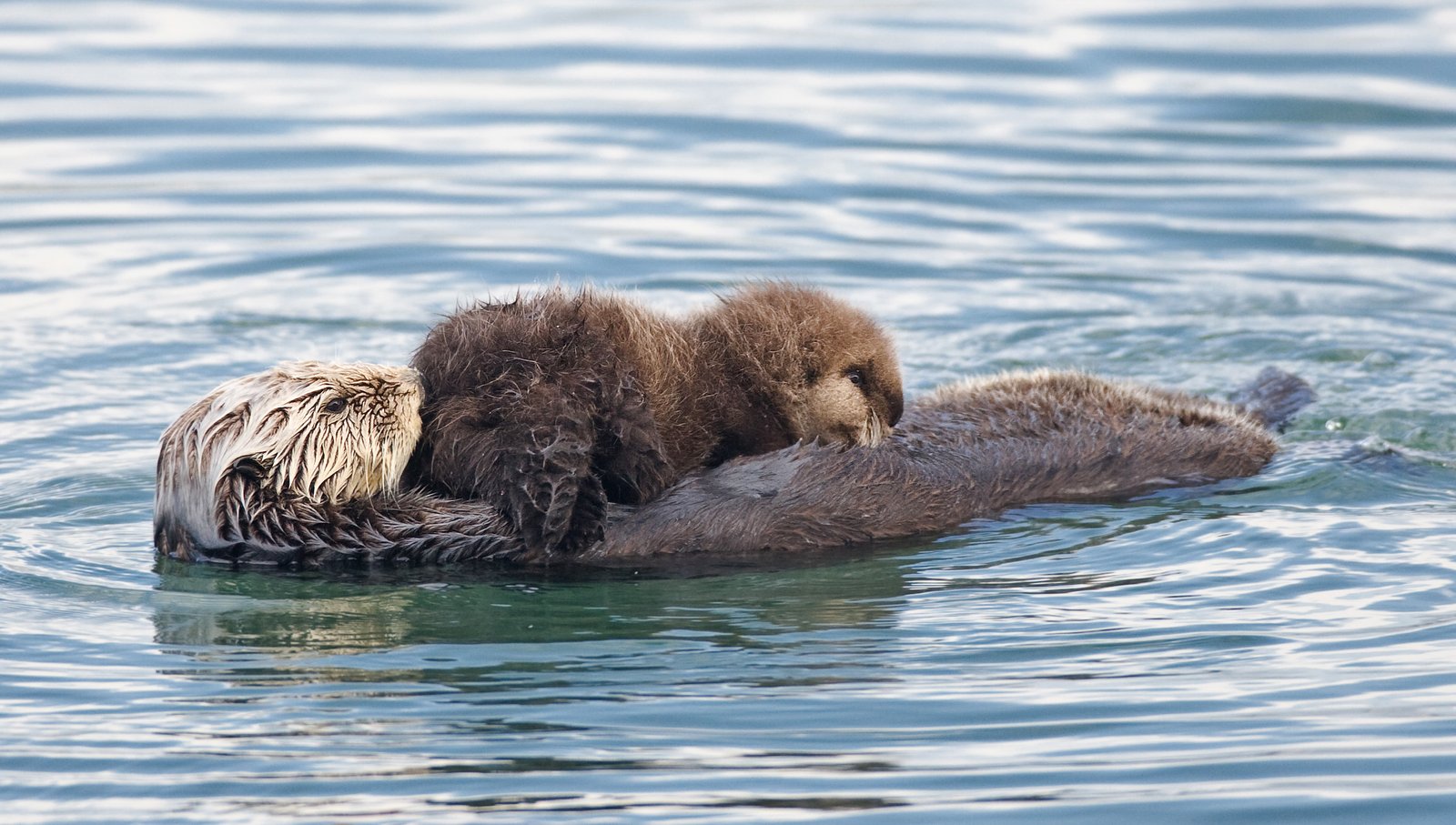
Sea otters are not just charismatic; they’re infrastructure. Lose them and you don’t simply drop a species – you unravel services we barely notice until they’re gone: clearer water, stronger shorelines, nurseries for fisheries, even modest boosts to carbon storage. Compared with traditional habitat restoration that often fights symptoms, otter recovery tackles causes by reactivating natural food webs. The difference is like patching potholes versus reopening the road’s drainage; one is temporary, the other structural. As a science reporter, I’ve seen how quickly the narrative shifts when a predator returns: data curves bend, and so do local attitudes. The coast becomes less brittle.
This is also a story about risk management. A population restricted to a short coast, bracketed by shark hotspots and disease-prone estuaries, is one spill, one heatwave, or one toxin pulse away from a bad year becoming a bad decade. Diversifying where otters live is a hedge against those tail risks. It’s the same logic we use in water supply, energy grids, and finance – spread exposure, build buffers, and measure honestly.
The Future Landscape
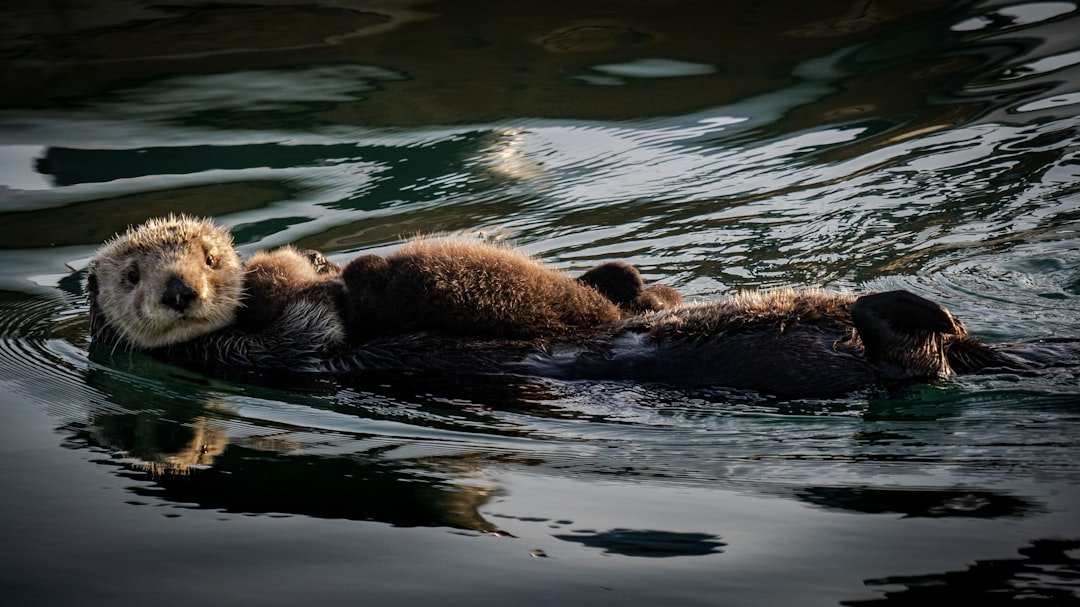
Agencies are testing exactly those ideas. A federal feasibility assessment concluded that reintroducing otters to parts of northern California and Oregon is biologically realistic and could reconnect fragments of the species’ range. Since then, the Service has gathered community input and outlined next steps, from socioeconomic studies to pilot sites and formal environmental review if a proposal moves forward. Meanwhile, researchers highlight San Francisco Bay as a potential game-changer, with habitat that could support thousands if animals can be placed inside the shark line. None of this is simple, but the scaffolding for decisions is finally going up.
Better data will help. USGS’s upgraded population model and resumed full-range surveys aim to reduce guesswork and reveal where interventions would pay off. Tie that to improved harmful-bloom forecasting, stormwater fixes, and kelp restoration playbooks, and California can shift from crisis response to coordinated recovery. The arc of the otter story doesn’t have to be fragile forever. It can be resilient by design.
How You Can Help
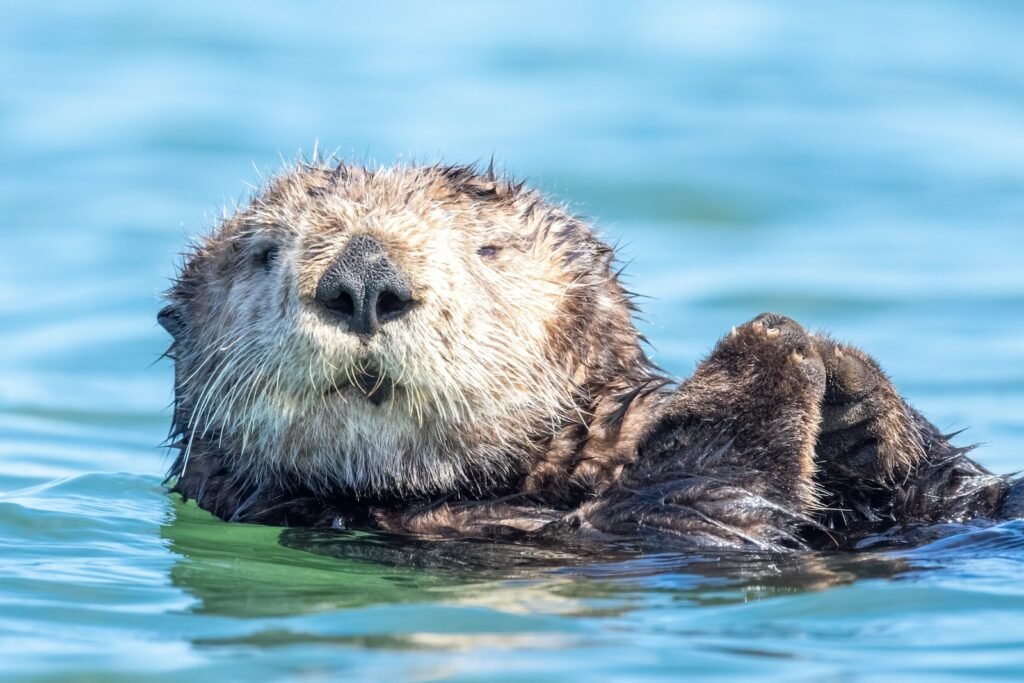
Big levers need policy, but small ones add up. If you live on the coast – or upstream – treat storm drains like direct lines to the sea: bag pet waste, keep litter out, and be careful with garden chemicals. Give wildlife room; close passes stress animals and can endanger you, especially during toxin events. Support local rescue centers and kelp projects; they become the first responders when conditions go sideways. Even a few dollars at tax time directed to California’s Sea Otter Fund sustains research that pinpoints why otters die and how to prevent it.
Most of all, stay curious and stay engaged. Read the survey updates, show up to public meetings when reintroduction is on the agenda, and ask that decisions be made with the best available science. The coast we pass to the next generation could be quieter and poorer – or richer in the sounds of pups squeaking from a kelp raft. Which future would you rather paddle into?

Suhail Ahmed is a passionate digital professional and nature enthusiast with over 8 years of experience in content strategy, SEO, web development, and digital operations. Alongside his freelance journey, Suhail actively contributes to nature and wildlife platforms like Discover Wildlife, where he channels his curiosity for the planet into engaging, educational storytelling.
With a strong background in managing digital ecosystems — from ecommerce stores and WordPress websites to social media and automation — Suhail merges technical precision with creative insight. His content reflects a rare balance: SEO-friendly yet deeply human, data-informed yet emotionally resonant.
Driven by a love for discovery and storytelling, Suhail believes in using digital platforms to amplify causes that matter — especially those protecting Earth’s biodiversity and inspiring sustainable living. Whether he’s managing online projects or crafting wildlife content, his goal remains the same: to inform, inspire, and leave a positive digital footprint.

